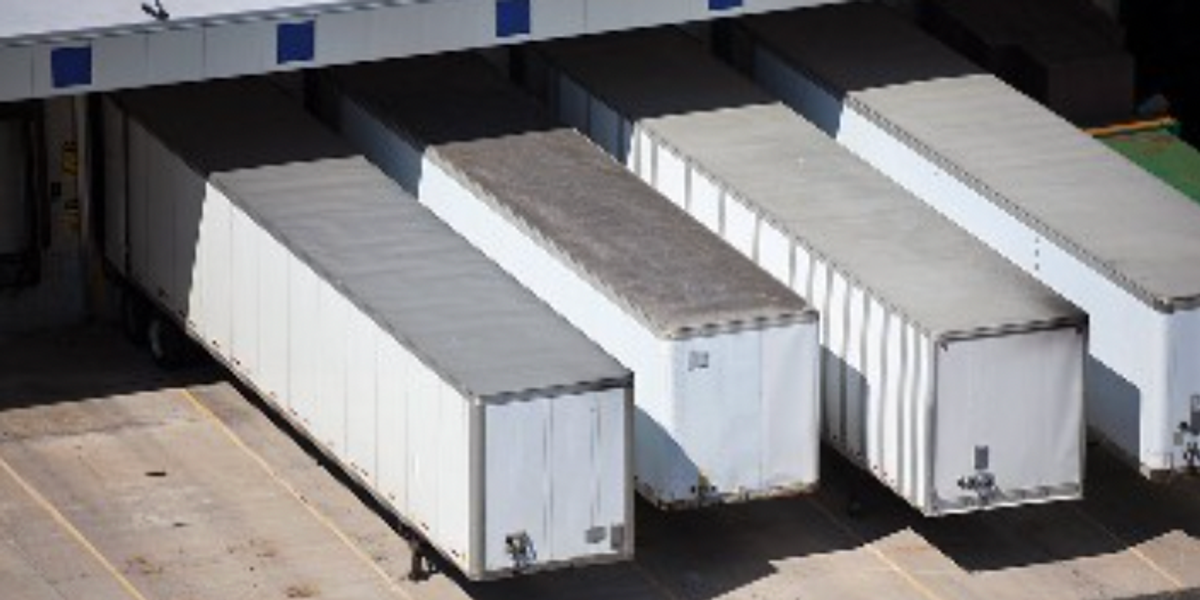
Nearly half of respondents (44%) said they paid higher prices for inventory as a result of the tariffs but did not change their purchasing levels. Meanwhile, 19% chose to reduce inventory purchases in order to manage costs associated with higher tariffs.
With changing trade policies and rising tariffs, it is perhaps not surprising that the report shows some modest shifts in where SMEs choose to source from. The percentage of respondents who said they preferred local suppliers over overseas suppliers increased slightly from 19% in 2024 to 21% this year. Meanwhile, the number of respondents who said they prefer external suppliers to domestic suppliers decreased from 31% in 2024 to 28% in 2025. Likewise, the number of respondents who said they prefer a split between domestic and external suppliers decreased from 47% to 38%. This year, 5% of respondents said they prefer local products but no local suppliers, and 8% said they don’t know what their company’s favorite is.
The report also showed that lead times rose slightly in the first quarter of 2025. “Recently, these delays have begun to ease, suggesting that some of the initial tariff shock is beginning to fade,” the report says. “It remains to be seen whether this easing will continue, but the signal is that supply chains are starting to regain their footing after months of volatility.”
This volatility has also led to a large portion of SMEs choosing to hold more inventory this year. According to the report, 30% of survey respondents said more than 30% of their excess inventory is strategic, intentionally held as a buffer, up from 23% in 2024. However, holding excess inventory comes with additional risks. Dead inventory is on the rise with 46% of respondents saying 5% or more of their inventory is dead inventory, and 17% saying 10% or more of their inventory is dead inventory.
According to the report, SMEs are particularly vulnerable to volatile market conditions, as many of them lack mature price management practices. Nearly half of respondents do not have a formal hedging or contracting strategy, and only 36% use long-term supplier contracts. However, the proportion of survey respondents using a “forward cover” arrangement to lock in the price or exchange rate of a future purchase rose from 11% to 15%.
However, more SMEs are adopting shared risk strategies for inventory management, according to the report. The percentage of respondents who said they used vendor-managed inventory, where suppliers manage inventory replenishment, rose to 44% from 29% in 2024. The percentage of using consignment, where the supplier retains ownership until the goods are sold, rose to 25% from 19%.
The report also addressed other trends related to supply chain planning, sourcing and inventory management for SMEs. For example, the report found that 48% of respondents say they use AI to manage inventory, more than double the share reported last year.










